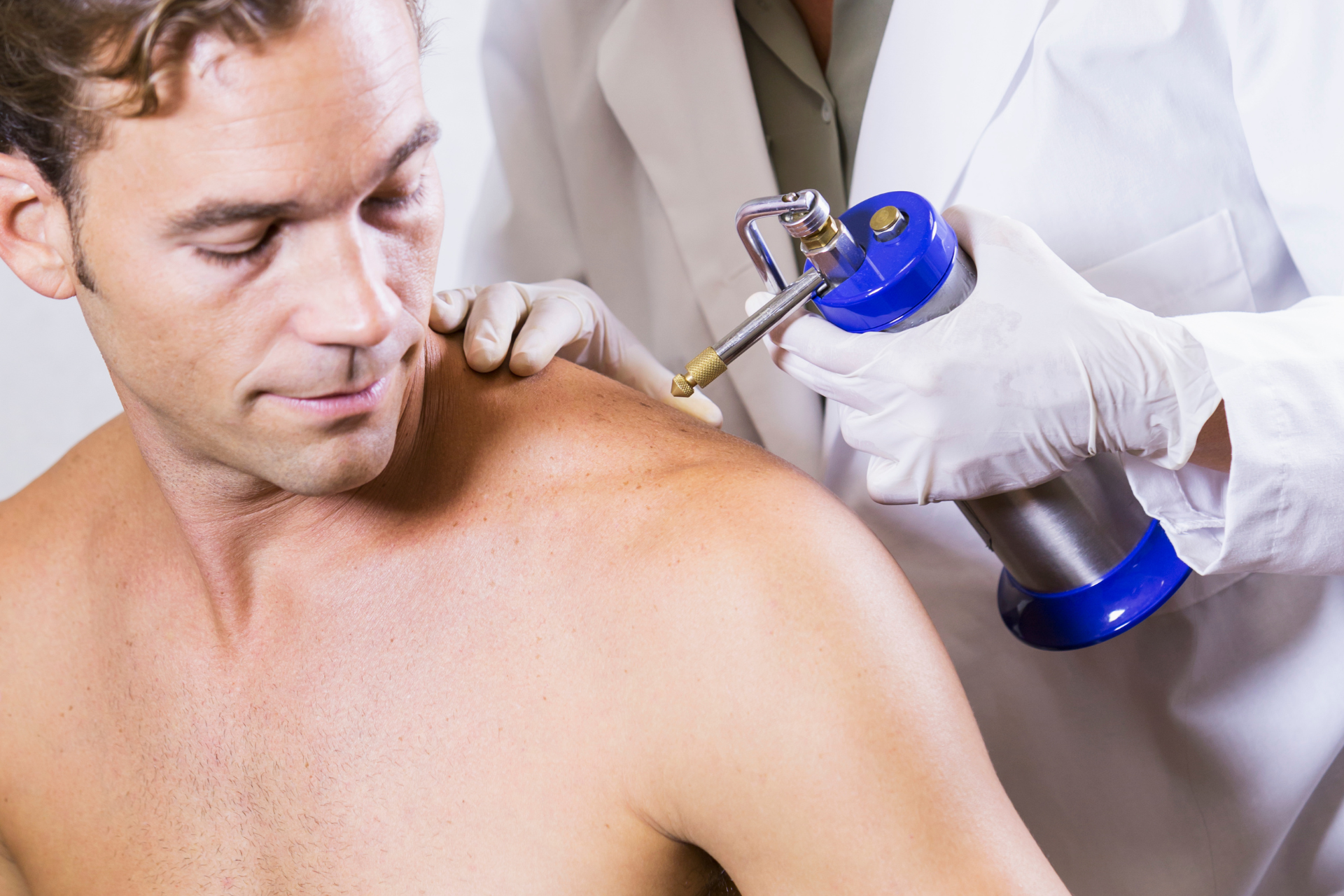Cryosurgery vs. Traditional Surgery: Which is Right for You?

As advancements in medical technology continue to evolve, patients are presented with more options than ever when it comes to treating various health issues. When it comes to skin-related conditions, one of the key decisions patients may face is choosing between cryosurgery and traditional surgery. At Fall Creek Skin and Health Clinic, we understand the importance of providing our patients with clear information to help them make the best decisions for their health. In this blog post, we'll explore the differences between cryosurgery and traditional surgery to help you determine which option may be right for you.
What is Cryosurgery?
Cryosurgery, also known as cryotherapy, is a minimally invasive procedure that uses extreme cold to freeze and destroy abnormal tissues or lesions. This process is typically performed using liquid nitrogen or a similar freezing agent to target and eliminate unwanted cells. Cryosurgery is commonly used to treat a variety of skin conditions, including warts, skin tags, and certain forms of skin cancer.
Benefits of Cryosurgery:
1. Minimally Invasive
Cryosurgery is a non-surgical procedure that does not require any incisions. This means less pain, scarring, and downtime for patients.
2. Quick Procedure
Cryosurgery is often performed as an outpatient procedure and can be completed in a matter of minutes.
3. Cost-Effective
Cryosurgery is generally more affordable than traditional surgery, making it a viable option for patients who are looking to save on healthcare costs.
What is Traditional Surgery?
Traditional surgery involves making incisions to access and remove tissue or lesions. This may require sutures, longer recovery times, and a higher risk of scarring compared to cryosurgery. While traditional surgery is effective for many conditions, it may not always be the most practical or preferred option for patients seeking a less invasive treatment approach.
Benefits of Traditional Surgery:
1. Precise Removal
Traditional surgery allows for more precise removal of tissue or lesions, which may be necessary for certain conditions.
2. Comprehensive Examination
During traditional surgery, the removed tissue can be examined more thoroughly under a microscope to ensure complete removal of abnormal cells.
3. Customized Treatment
Traditional surgery can be tailored to each patient's specific needs, providing a personalized approach to treatment.
Which is Right for You?
When determining whether cryosurgery or traditional surgery is the right choice for you, it's essential to consult with a healthcare provider who has experience in treating your specific condition. At Fall Creek Skin and Health Clinic, our team of skilled healthcare professionals can evaluate your individual case and recommend the most appropriate treatment option based on your needs and preferences.
In general, cryosurgery is often recommended for superficial skin lesions or conditions that do not require deep tissue removal. On the other hand, traditional surgery may be more suitable for larger or deeper lesions that require precise removal or examination.
Ultimately, the decision between cryosurgery and traditional surgery will depend on factors such as the location and size of the lesion, your overall health, and your desired outcome. Our goal at Fall Creek Skin and Health Clinic is to provide you with the information and support you need to make an informed decision about your healthcare.
If you're considering cryosurgery or traditional surgery for a skin-related condition, we encourage you to schedule a consultation with our knowledgeable team. Together, we can determine the best course of treatment to help you achieve optimal health and wellness.
Remember, your health is our priority at Fall Creek Skin and Health Clinic. Contact us today to learn more about our services and how we can help you feel your best.



Need Our Services?
Book a free consultation

Our promise is to offer high-quality medical attention at a fair price in a clean, friendly, and professional environment.
QUICK LINKS
BUSINESS HOURS
- Mon - Thu
- -
- Friday
- -
- Saturday
- Appointment Only
- Sunday
- Closed
All Rights Reserved | Fall Creek Skin and Health Clinic |
